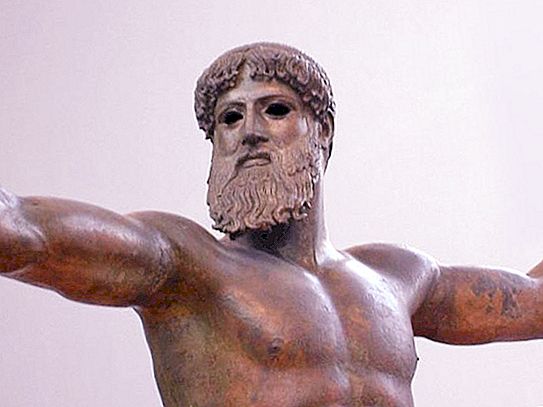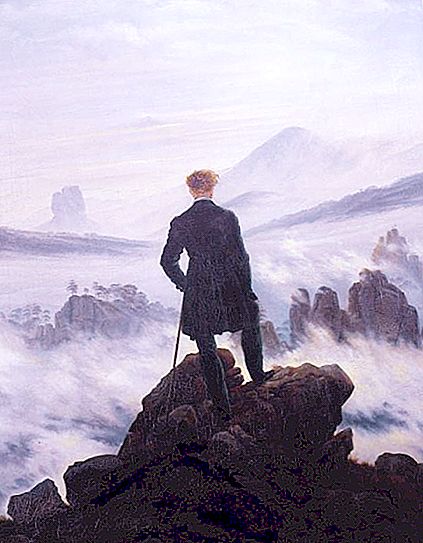The very concept of aesthetics came to us from ancient Greece. When ancient philosophers first thought about various categories and definitions of human activity, they gave this name to reflections about the beautiful and the ugly, as well as the perception of this phenomenon by the senses. Later they began to believe that aesthetics is a special theory about what beauty is. They also thought about what forms it can take, whether it exists in nature or only in creativity. We can say that this doctrine as a discipline was born simultaneously with philosophy and is a part of it. The Pythagoreans, "combining algebra and harmony", combined the concepts of beauty and numbers.

Aesthetics is a value. Representations of the ancient world from myth to categorization

Ancient Greek philosophers attached particular importance to the idea of the origin of the world from chaos and its desire for harmony. Therefore, their aesthetics belonged to the categories of ontology. So, the macro- and microcosm, that is, man and the Universe, should have been similar to each other, including in beauty. The mythology of antiquity also corresponded to this picture of the world. Sophists noticed that aesthetic ideas often depend on the person himself and his perception. Therefore, they put aesthetics in a number of value categories that make up the foundation of the individual. Socrates, on the contrary, suggested that aesthetics is an ethical concept, and immorality is ugly. His ideas were largely developed by Plato, who noted that we receive ideas about the beautiful “from above, as if recalling”. They come from the world of the gods. And finally, at Aristotle we find a whole theory that beauty and creativity require philosophical reflection and scientific definition. He first proposed such a term as “categories of aesthetics”, and introduced them into scientific circulation. Aristotle distinguishes the basic terms in which you can express the idea of creativity: "beautiful", "exalted", "ugly", "base", "comic", "tragic". He also tried to establish connections between these categories and their interdependence.

The development of aesthetic teachings in Europe until modern times
During the Middle Ages, especially the early one, the Christianized teachings of Plato that aesthetics came from God, and therefore it should be “inscribed” in theology and subordinate to it, dominated. Thomas Aquinas is developing a theory of beauty and expediency in terms of Aristotle. He reflects on how the categories of aesthetics are called to lead a person to God, and also how they are manifested in the nature created by Him. In the Renaissance, the latter theory gained great popularity because the search for harmony in nature with the help of mathematics and its expression by means of images and words became the main method of the philosophy of beauty. So aesthetics of art arose in the definition of the genius Leonardo da Vinci. In the 19th century, three theories dominated, which fought among themselves for popularity among the then intellectuals. First of all, this is a romantic concept, which claimed that aesthetics is a gift of nature to man, and you just need to be able to hear her voice in order to embody it in your work. Then - Hegelian philosophy, which argued that the theory of beauty is one of the forms of development of an absolute idea, and it has certain historical stages of formation, as well as morality. And finally, Kant’s ideas that aesthetics is our idea of nature as something having expediency. This picture is taking shape in our head, and we ourselves bring it to the world around us. In fact, aesthetics come from the "kingdom of freedom", not nature. At the end of the 19th century, a crisis of the traditional trends of the theory of beauty sets in, but this is already the subject of a completely different conversation.




